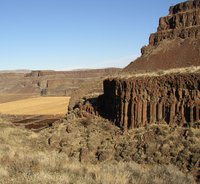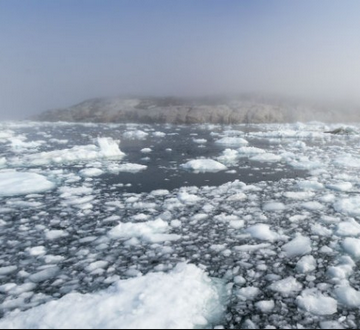
Join the UC Riverside NAI Team for a short course with Dr. Richard E. Ernst
Department of Earth Sciences, Carleton University, Ottawa, Canada
Author of Large Igneous Provinces (2014), Cambridge University Press
What are LIPs?
Large Igneous Provinces (LIPs) are voluminous, mostly mafic to ultramafic magmatic events that occur primarily in intraplate settings—both continental and oceanic. They are typically of short duration (<5 million years) or consist of multiple short pulses over a maximum of a few tens of millions of years. They are further characterized by flood basalts and a plumbing system of dyke swarms, sill complexes, layered intrusions, and crustal underplate. LIPs have occurred approximately every 20 to 30 million years back to at least 2.5 billion years ago, with profound implications for diverse global-scale processes, including climate and related patterns of life.
How do LIPs affect climate and biology?
In the broadest sense, LIPs can trigger shifts between icehouse, greenhouse, and hothouse climatic states. Flood basalt degassing produces CO2, SO2, and halogens; voluminous life-impacting gases are also released from volatile-rich sedimentary rocks heated during LIP emplacement. Subsequent cooling (and even global glaciations) can result from sulfate aerosols and CO2 drawdown linked to weathering of LIP-related basalts. Additional kill mechanisms associated with LIPs include oceanic anoxia, ocean acidification, sea level change, toxic metal input, and essential nutrient perturbations.
COURSE OUTLINE
9:00 – 10:00 a.m. PDT
Part I: Phanerozoic LIPs
associated silicic, carbonatite, and kimberlite magmatism
BREAK
10:15 – 11:15 a.m. PDT
Part II: Precambrian & planetary LIPs
analogs on other terrestrial bodies in the solar system
BREAK
12:45 – 1:45 p.m. PDT
Part III: LIPs and associated tectonics
rifting, topographic changes, and contractional effects
BREAK
2:00 – 3:00 p.m. PDT
Part IV: LIPs and resource exploration
minerals, metals, hydrocarbons, and water
 It's a Gas! A New Look at the Role of Iron in the Ancient Greenhouse
It's a Gas! A New Look at the Role of Iron in the Ancient Greenhouse Analyzing Alien Worlds: A Multidisciplinary Approach to Characterizing Exoplanets
Analyzing Alien Worlds: A Multidisciplinary Approach to Characterizing Exoplanets Mercury Transit & Beyond: Planetary Discoveries Inside and Outside Our Solar System
Mercury Transit & Beyond: Planetary Discoveries Inside and Outside Our Solar System